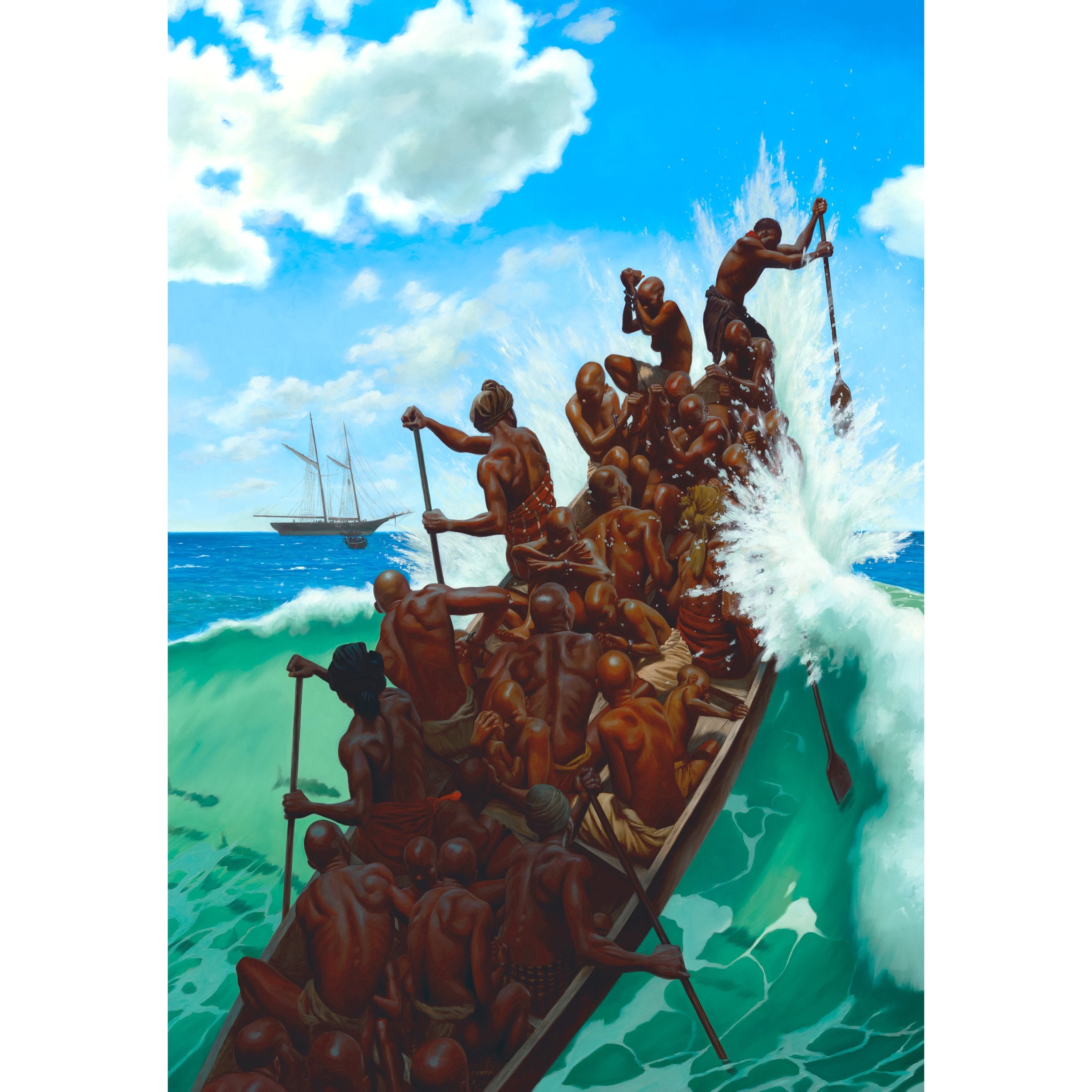

Researchers used sonar to map the lay of the ship, gathered samples, and are monitoring river flows. Part of the stern has broken away and is buried in mud. "The most important thing we learned is it's in at least two pieces," says Hathorn. But the muddy water preserved the vessel for 150 years.Īrcheologists got their first complete look at it during a research excursion in May funded by a $1 million dollar grant from the state of Alabama. With federal prosecutors on his tail, the Clotilda was scuttled up river and set afire to hide evidence of the voyage.


The story goes that on a bet, plantation owner and ship builder Timothy Meaher hired a captain to bring kidnapped Africans to Mobile even though the Atlantic slave trade was illegal. "And then we have the ship and it's in a fragile condition, but the vast majority of it is still there and it's pretty amazing," Hathorn says.


 0 kommentar(er)
0 kommentar(er)
